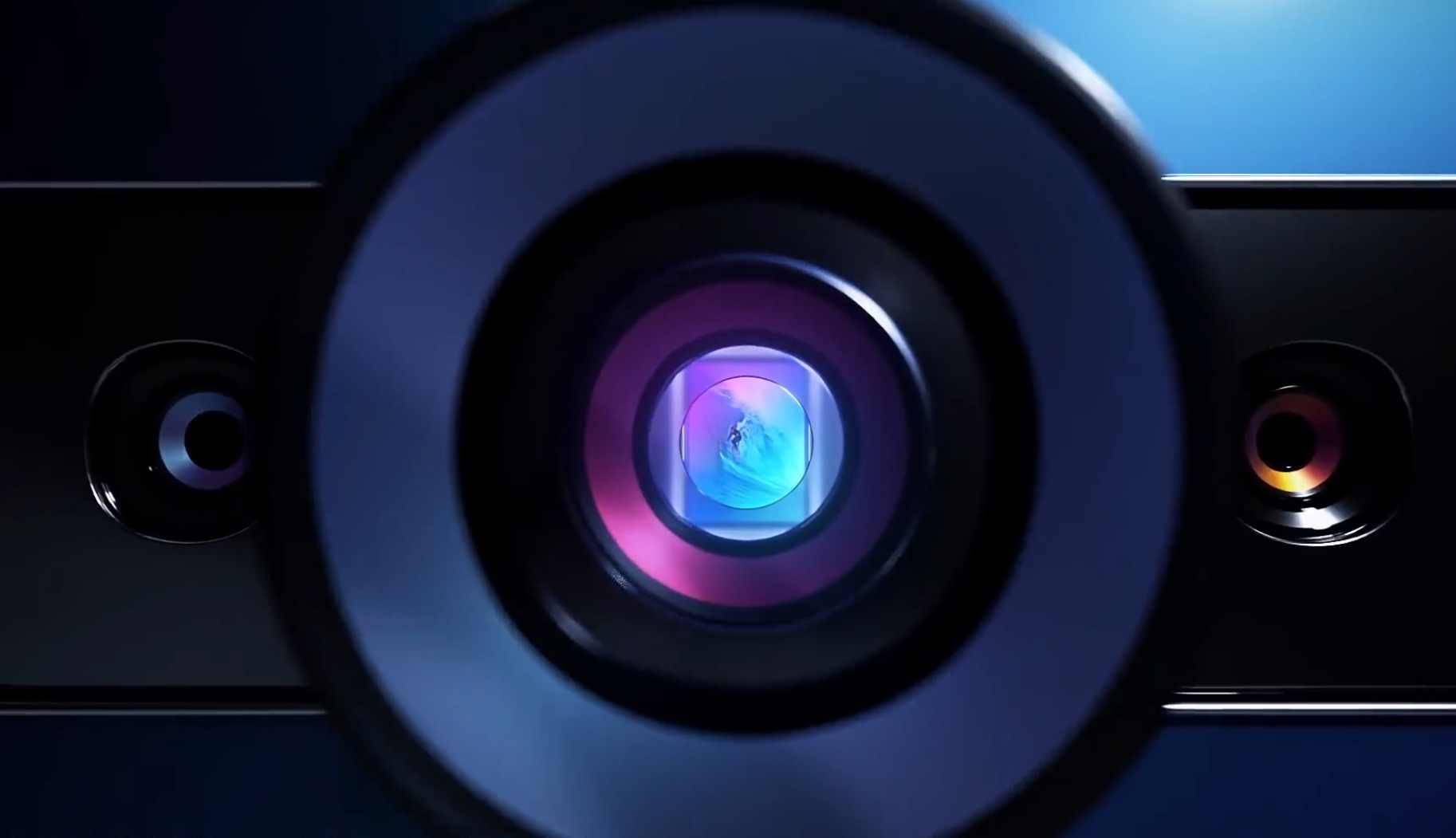This is how the Galaxy S11’s 108MP camera will destroy the competition
Samsung spills the beans on the Isocell Bright HMX

The Galaxy S11 will most likely use Samsung's new 108-megapixel image sensor, the Isocell Bright HMX. We knew bits and pieces about it, but the Korean company has now given us all the details.
They have put it all in this video published yesterday, as spotted by SamMobile:
Impressive specs, bold claims
There are a few first for the new sensor. For one, it’s the first with that high pixel count. It’s also the first to have a 1/1.33-inch size, which is considerable and comparable to many compact cameras. With that size — coupled with its tetracell technology that can use pixels in groups of four — the processor will have excepcional light sensitivity.
Here’s a summary of all the stuff we know after that explanatory video.
It has a 108,576,768 pixel count.
It has a technology called Isocell Plus Pixel. This isolates each pixel with a layer of a “new material” that Samsung is not revealing. On a traditional sensor, photons can spill from one pixel lens to another photoreceptive pixel, causing noise (called cross-talk) and loss of quality. In theory, this physical barrier stops photons from doing that, and results in more light collected “with minimal cross-talk”.
It uses Smart-ISO, which gives it multiple native ISO values. According to Samsung, the Smart-ISO provides “optimal dynamic range with less noise”. It automatically activates low ISO for situations in which there’s a lot of light (like on a bright day) and high ISO in low light situations.
Sign up to get the BEST of Tom's Guide direct to your inbox.
Get instant access to breaking news, the hottest reviews, great deals and helpful tips.
It has tetracell technology — which is commonly known as Quad-Bayer filtering. This groups the 108+ million pixels in groups to increase the sensor’s sensitivity. As you increase the photoreceptive area by grouping the sensor’s pixels, the camera captures more photons and, therefore, produces images with more light and detail even in low light situations. Obviously, the tetracell is applied only under dim lighting, producing lower resolution images. Under broad daylight, the camera doesn’t group pixels, obtaining a lot more detail out of those 108 million pixels.
It has what Samsung calls Super Phase Detection. This, according to Samsung, means that the sensor will be faster and more accurate at auto-focusing even in dim light situations.
A sure-shot winner?
So how does all this translate to real-life situations?
The Galaxy S11 isn't expected to launch until February but the Isocell Bright HMX — which is capable of taking photos that are 12,032 x 9,024 pixels and 42MB in size — has already debuted in another phone: the Xiaomi Mi CC9 Pro.
That mid-range phone has beaten all flagships costing as much as three times its price — matching the king of the photographic hill, the Huawei Mate 30, in the DxOmark photographic benchmark.
If the 108-megapixel sensor is truly the main sensor in the Galaxy S11’s quadcamera setup, it seems that Samsung will have a serious chance at stealing that crown. It sure has the hardware — now it will all depend on its software.
Jesus Diaz founded the new Sploid for Gawker Media after seven years working at Gizmodo, where he helmed the lost-in-a-bar iPhone 4 story and wrote old angry man rants, among other things. He's a creative director, screenwriter, and producer at The Magic Sauce, and currently writes for Fast Company and Tom's Guide.

